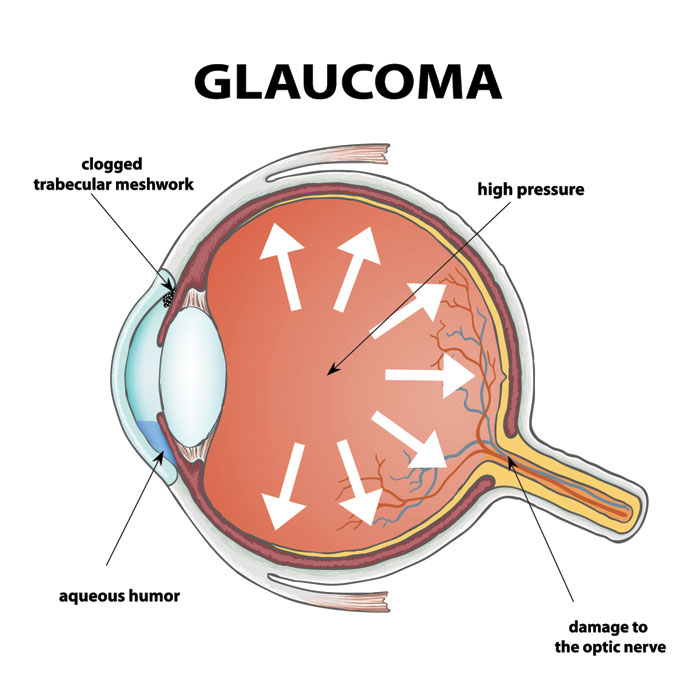Can Glaucoma Lead to Eye Removal? What You Need to Know
Glaucoma is a progressive eye condition that can lead to severe vision loss and even blindness if left untreated. One question many patients ask is: Can glaucoma lead to eye removal? While rare, this is a possibility in very advanced stages. This guide explains what glaucoma is, the available treatment options, and when eye removal might become necessary.
Understanding Glaucoma
What is Glaucoma?
Glaucoma refers to a group of eye diseases that damage the optic nerve, the vital structure responsible for sending visual signals from the eye to the brain. This damage is often caused by increased intraocular pressure (IOP), though other factors can contribute. Over time, untreated glaucoma results in irreversible vision loss.
How Glaucoma Affects Vision
Glaucoma usually begins with the gradual loss of peripheral (side) vision. If not managed, the disease can progress to central vision loss and, eventually, complete blindness.
Types of Glaucoma
-
Primary Open-Angle Glaucoma (POAG) – The most common form, caused by slow clogging of the eye’s drainage system, leading to increased eye pressure.
-
Angle-Closure Glaucoma – A more sudden and severe form where the drainage angle is blocked, causing a rapid rise in eye pressure and requiring immediate treatment.
Causes and Risk Factors
The exact cause of glaucoma is not fully understood, but common risk factors include:
-
Advanced age
-
Family history of glaucoma
-
High eye pressure
-
Diabetes and other systemic conditions
Treatment Options for Glaucoma
Glaucoma can be controlled but cannot be reversed, which is why early treatment is critical. Here are the main treatment approaches:
1. Prescription Eye Drops
Eye drops are usually the first line of treatment. They work by reducing fluid production in the eye or improving fluid drainage to lower pressure.
2. Laser Therapy
Laser treatments such as selective laser trabeculoplasty (SLT) can help improve drainage. These procedures are minimally invasive and often performed in a clinic setting.
3. Surgical Options
For advanced cases or when medications and laser treatments fail, surgery may be necessary. This can include:
-
Trabeculectomy – Creates a new drainage pathway for fluid.
-
Glaucoma Drainage Devices – Small implants that regulate eye pressure.
4. Lifestyle Support
Although lifestyle changes can’t cure glaucoma, maintaining a healthy diet, exercising regularly, and managing systemic conditions like diabetes and hypertension can help slow progression.
When Can Glaucoma Lead to Eye Removal?
Eye removal (enucleation) is extremely rare and only considered in severe cases, such as:
-
Advanced Neovascular Glaucoma – Often associated with diabetes, this aggressive form can cause severe pain and risk of infection.
-
Blind, Painful Eye – If vision is already lost and the eye causes chronic pain that cannot be controlled by medications or surgery.
-
Severe Eye Infections or Complications – When other treatments have failed and the eye poses a health risk.
Eye removal in glaucoma cases is done as a last resort, primarily to relieve pain and protect overall health—not as a first-line treatment.
Life After Eye Removal
Recovery Process
Healing after eye removal surgery usually takes several weeks. During recovery, patients receive pain management and follow-up care to ensure proper healing.
Prosthetic Eye Options
An ocular prosthesis (artificial eye) is fitted once healing is complete. Modern prosthetics are highly realistic, improving both appearance and comfort.
Emotional Support
Losing an eye can be emotionally challenging. Counseling, support groups, and connecting with others who have undergone similar procedures can be incredibly helpful.
Key Takeaway
Can glaucoma lead to eye removal? Yes—but only in rare, advanced cases where all other treatments have failed and pain becomes unmanageable. The good news is that early detection and consistent treatment make this outcome highly unlikely. Regular eye exams, proper medication use, and timely interventions are the best defense against severe glaucoma complications.




